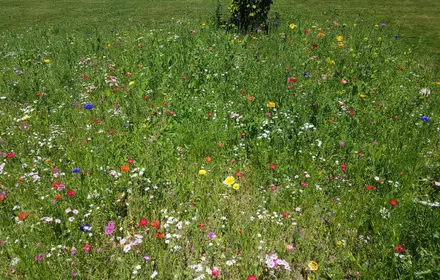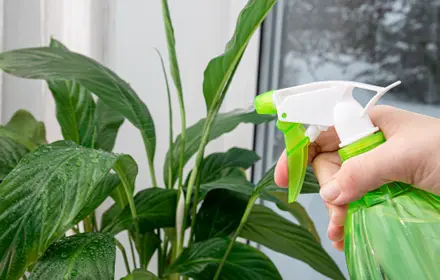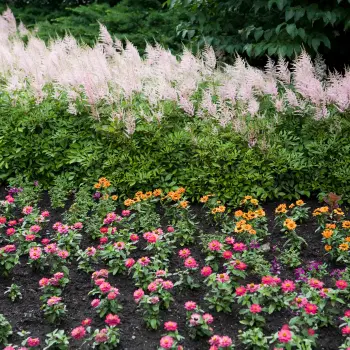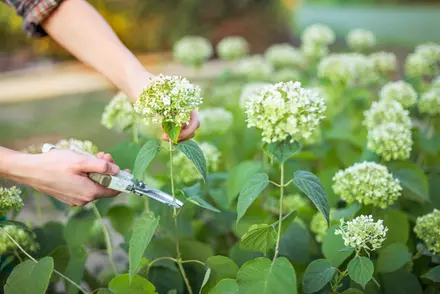Leave a wild patch to support wild life

If you've ever marvelled at the sight of a butterfly fluttering by or a bee buzzing from flower to flower, you already know the quiet magic that wildlife brings to the garden. But with habitat loss and declining pollinator populations, these beautiful visitors need our help more than ever. One simple, effective, and beautiful way to support them? Leave a wild patch in your garden.
Letting just a small section grow naturally with native plants, grasses, and flowers can make a big difference—not just for the creatures who visit your yard, but for the health and resilience of your entire garden.
Why Go Wild?
Traditional gardens often favour tidy, manicured beds and uniform lawns. But nature doesn’t operate in straight lines—and a bit of messiness can be a good thing. A wild patch provides food, shelter, and nesting areas for a wide range of beneficial wildlife.
Here’s what a wild patch can offer:
- Bees and butterflies: Native wildflowers offer nectar and pollen sources throughout the season.
- Birds: Taller grasses and seed heads provide nesting material and food.
- Beneficial insects: Wild patches attract ladybugs, lacewings, and other natural pest predators.
- Biodiversity: A greater variety of plants supports a wider range of insects, which in turn supports more birds and pollinators.

What to Include in Your Wild Patch
Your wild area doesn’t have to be large or unkempt—it just needs to be diverse and low-intervention. Focus on native species whenever possible, as these plants are adapted to local conditions and provide the best support for local wildlife.
Great native plant choices across Canada include:
- Milkweed (Asclepias spp.): Essential for monarch butterflies
- Goldenrod (Solidago spp.): Late-season nectar for pollinators
- Black-eyed Susan (Rudbeckia hirta): Bright and bee-friendly
- Coneflowers (Echinacea spp.): Loved by pollinators and birds alike
- Native grasses: Such as little bluestem or switchgrass, which add structure and habitat
You can also leave part of your lawn unmown, let wildflowers self-seed, or add a small log pile or brush heap for sheltering wildlife.

How to Start (and Maintain) Your Wild Patch
Creating a wild patch is easier than you might think. Here’s how to get started:
- Pick your spot: Choose a sunny corner, a low-traffic area, or even a strip beside your shed or fence.
- Stop mowing: Simply allowing grass and existing plants to grow taller can jump-start your wild zone.
- Add native plants or seeds: Introduce diversity by planting native wildflowers or sowing a seed mix.
- Avoid pesticides: Let nature take care of pests through natural balance.
- Observe and enjoy: Watch as pollinators and birds start to arrive—and take notes on what thrives.
Maintenance is minimal. Trim back once a year (usually in early spring), remove invasive weeds if needed, and let fallen leaves and seed heads remain through winter to provide food and shelter.
Beauty with Purpose
Wild patches don’t have to look weedy or neglected. With a thoughtful selection of native plants, they can be vibrant, colourful, and full of life. They also tell a story: that your garden is part of a larger ecosystem, and that you’re making space for nature to thrive.
So this summer, resist the urge to tidy every corner. Let one part of your garden grow wild and free—you’ll be amazed at how quickly it becomes a hub of activity, colour, and song.



